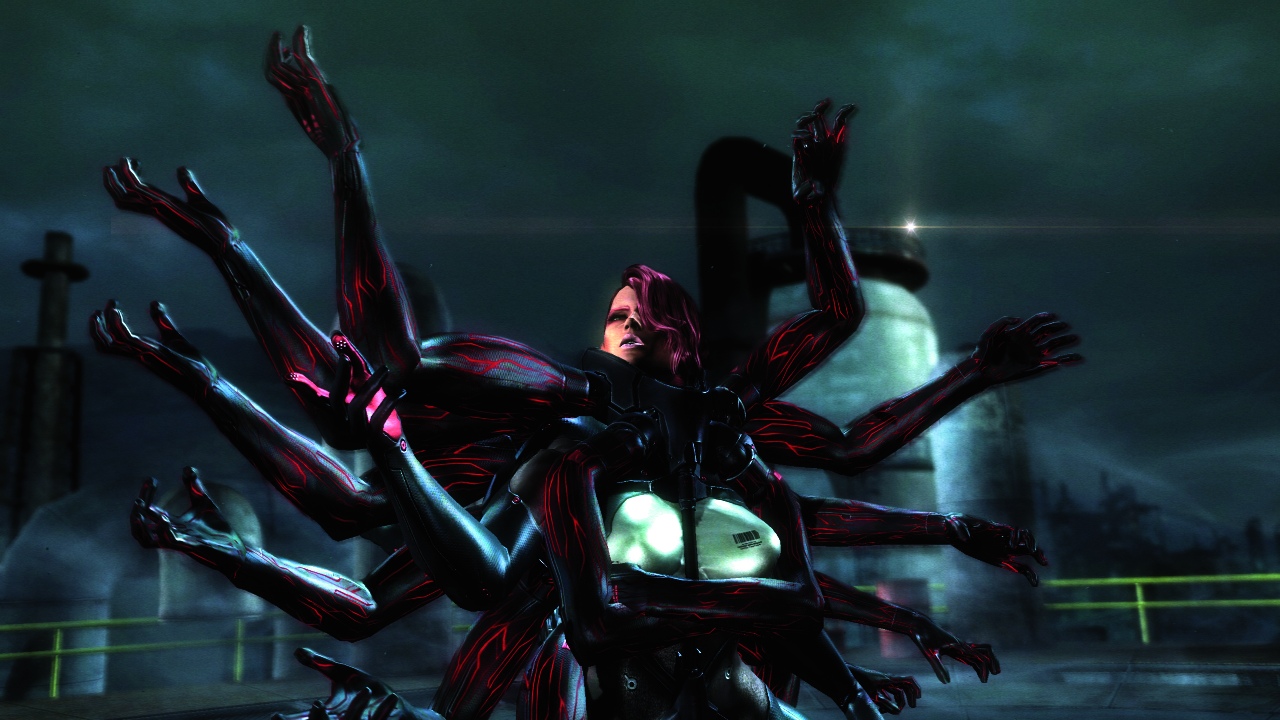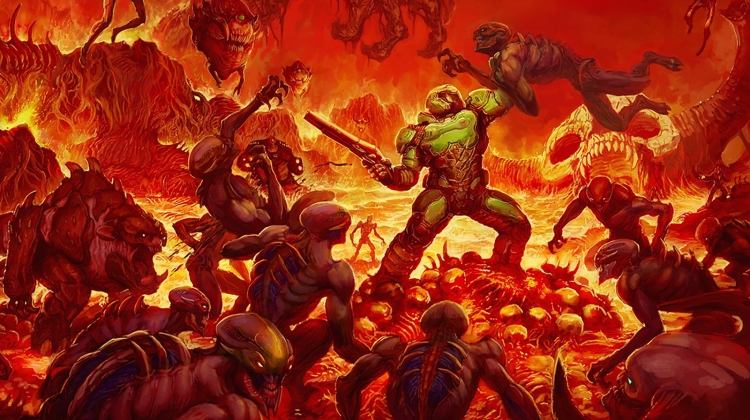

As always, striking the right tone and effect for a given scene requires an enormous amount of cooperation between all branches of the development team, and that includes sound designers. In the studio, Gordon collaborates alongside developers in ways that can be expected of modern composers. As a result, though players will not always notice during gameplay, it is their actions that are controlling how the music is being presented.


Though not visible on the released soundtracks available for purchase, many of his “songs” are actually 40 minute long monster tracks that are carefully assigned to different in game events. Gordon takes this technique one step further by connecting everything from reloads, to breaks in firing, to the appearance to stronger enemies, to pause screens into the timing of his tracks. Though not a Mick Gordon title, Metal Gear Rising: Revengeance is a solid example of this sort of user directed sound experience as players battle bosses, the background song eventually switches from an instrumental to a vocal track to heighten tension and excitement. Like many modern video game composers, Mick Gordon enjoys working with Responsive Video Game Music, a system in which verses, chords, and bridges are swapped in and out of a moment based on the actions of a character. As a result, clean, computerized beats become the jagged, violent pulses that can be heard in the Doom track above. To create just the right sort of unsettling distortion to give a sense of adrenaline soaked madness to the game’s track, Gordon included a Soviet era synthesizer, among other vintage units, to deliberately distort computer generated synth tracks. Arguably his most famous entry, Doom (2016) features much more recognizable metal influences, with the added twist of old equipment scrounged from specialty stores around the world. Back to Rise, from the same game, is a techno-rap brag track featuring throwback beats, the rap talents of Omega Sparx, and direct references to the Killer Instinct series’ 19 incarnations. Killer Instinct (2013)’s Warlord features a driving metal guitar, yes, but there are also percussion elements meant to mimic struck bones and a heckin authentic 13 man Swedish choir. Mick Gordon’s musical style is known for some amount of screaming, thrashing guitars, but a close look at the tracks he’s worked on reveals a surprising depth of tone and instrumentation.

As many of the companies preferred to source their talent locally, Gordon was soon able to break into the video game industry at Pandemic Studios. With no interest in other genres, such as rock music or pop, Gordon began composing small tracks and sending them to local video game companies. Though he currently works with high profile video game studios such as Arkane and id Software, Gordon got his start playing in metal bands and pubs at 13, in Brisbane, Australia. If anyone is wondering why many of these titles are followed by their year of release, welcome to the Age of Reboots!īefore we go any further, let’s have a listen. For our entry today, we will look at Mick Gordon, the composer for Wolfenstien: The New Order, Seasons 1 and 2 of Killer Instinct (2013), Prey (2017), and of course, Doom (2016). Hello again, folks! DJ Blazkowicz of Jackpot OST is back with another quick look at one of the talented composers working behind the scenes in the video game industry.


 0 kommentar(er)
0 kommentar(er)
